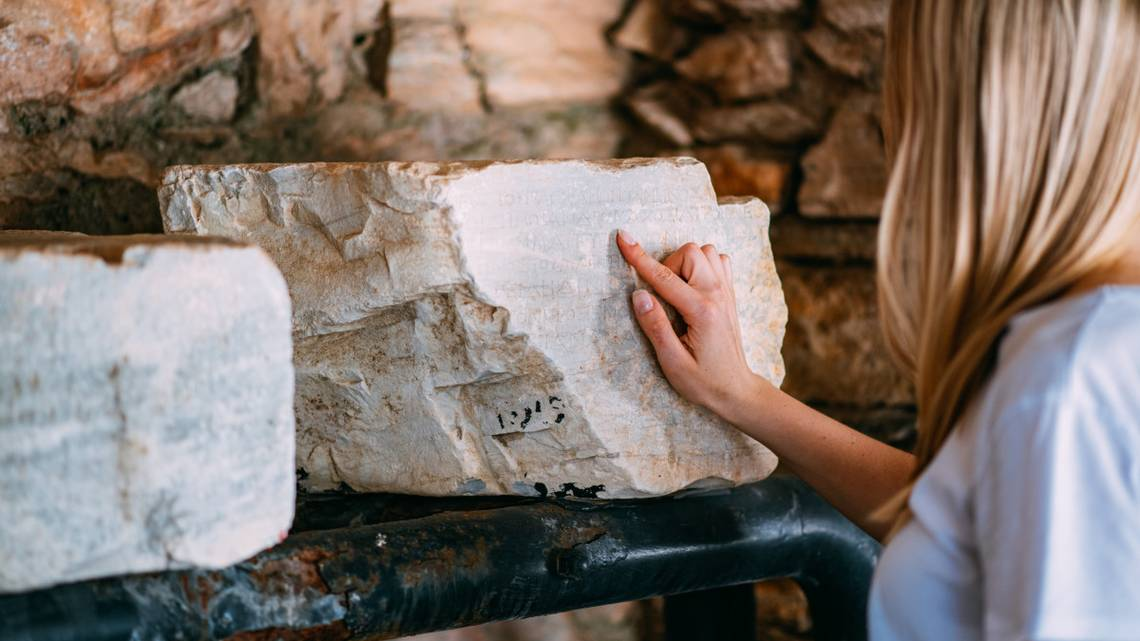A newly deciphered Roman boundary stone inscribed with Greek text has provided groundbreaking insights into the agricultural and administrative practices of ancient northern Israel. Published in the Palestine Exploration Quarterly, the study highlights the significance of this discovery, unearthed at the site of Abel Beth Maacah, a prominent biblical city.
A Rare Archaeological Find
The boundary stone, referred to as a "Tetrarch boundary stone," dates back to the Roman Tetrarchy, a period of administrative reform under Emperor Diocletian. Discovered by archaeologists Naama Yahalom-Mack, Nava Panitz-Cohen, and Robert Mullins, the stone was originally used to mark agricultural borders, reflecting the Roman Empire’s efforts to regulate taxation and land ownership in the region.
Deciphering the Inscription
When the Greek inscription was analyzed by researchers Uzi Leibner and Avi Ecker from the Hebrew University, it revealed remarkable details. Two previously unidentified towns—Tirthas and Golgol—were named in the text. Scholars are now investigating whether these towns correspond to unnamed settlements identified in the 19th-century Survey of Western Palestine.
Additionally, the inscription mentioned a "censitor," a Roman tax official, marking the first known appearance of this term in historical records. This discovery provides fresh insight into the tax systems and administrative roles established during Diocletian’s sweeping reforms.
Implications for Understanding the Roman Empire
This find offers valuable perspectives on the geography, economy, and administrative policies of the ancient region. The boundary stone sheds light on how Diocletian's tax reforms transformed land ownership and taxation practices, influencing the lives of small landowners.
"The discovery is a vivid reminder of the Roman Empire’s sophisticated administrative organization," said Dr. Uzi Leibner. "It connects us to the individuals who navigated these systems nearly two thousand years ago."
Rural Life and Land Ownership
The boundary stone is one of about 20 similar artifacts discovered in recent years, highlighting the prevalence of independent farmers in the region. Researchers believe these stones were used to define fields and farmlands owned by small-scale landholders who paid taxes directly, rather than through urban centers.
"The rural landscape was likely dotted with farms and fields belonging to small landowners," the study explains, offering a window into the intricate relationships between taxation, settlement patterns, and land use in the Roman Empire.
Bridging History Through Discovery
This rare find not only illuminates the administrative sophistication of the Roman Empire but also deepens our understanding of the daily lives of ancient communities. By uncovering connections between taxation, governance, and rural life, archaeologists continue to piece together the complex history of the region.
By Declan Gallagher
Date: January 26, 2025
Tags: Roman Empire, Archaeology, Abel Beth Maacah, Diocletian, Tetrarchy, Ancient Israel, Tax Reform







